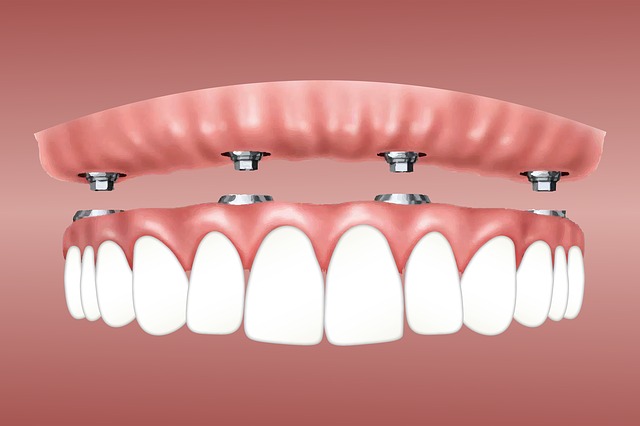
The terms dentist and Orthodontist are used interchangeably by most people which is not right. Even though the two professionals have similarities, orthodontia is a more specific type of dental care. An orthodontist is better equipped to handle particular dental problems. Even though, the need to see an orthodontist might never arise but, it is crucial for you to know what to expect if you need to see one.
A dentist is better defined as a doctor who attends to several parts of the body. Some of the areas of focus include the jaw, teeth, mouth, nerves and gums. An orthodontist has a more specialized role in this field with their primary focus being straightening of teeth. Simply put, not all dentists are orthodontists but, all orthodontists are dentists.
Various conditions can be diagnosed by an orthodontist like misaligned teeth and jaws, overbites, occlusions, and overcrowded mouths. The specialist can try to solve any issues they discover after the diagnosis. Overbites, open bites, underbites, and crossbites are problems that tend to get worse with time if they are not treated. With the help of an orthodontist, these problems can be corrected.
On top of the general training of being a dentist, an orthodontist goes through extra training on fixing misaligned teeth. When asked to see an orthodontist by your dentist, it only means that something is wrong with the alignment of your teeth and an orthodontist can help correct the problem.
For an orthodontist, the most important job is to identify and correct problems with your mouth and teeth. Over time a small gap in your teeth (diastema) can grow bigger. It can cause severe problems for your teeth and the structure of the mouth. Also, the gums require an alignment that is tight. To correct the issue, an orthodontist can try to pull the teeth closer. Additionally, having too many teeth in your mouth can be a problem particularly in children. An orthodontist can extract the extra teeth to improve spacing.
To solve all these problems, an orthodontist relies heavily on a variety of tools. The most common are braces. These are bands that encircle the teeth. The brackets are then bonded together on the front of the teeth by the orthodontist using bands that connect to them through wires. These help to pull the teeth together and over time, they become straight with an upright alignment. Even though the process takes some time to be completed, it is pocket-friendly.

Alternatively, aligners can be used in the place of braces. Invisalign is the most common in this category. From a distance, the device is not visible which makes it more comfortable and appealing for you to smile. Invisalign is removable and does not include metal brackets and wires which is why it is preferred by most patients.
In some rare and extreme cases, palate expanders might also be used. They help to widen the arch of the upper jaw to create more space. An even more dramatic solution is the headgear which is used for misaligned teeth. The device connects to the back of the head to a wire located in the front of the mouth. It is used when pulling back the front teeth while slowing the growth rate of the upper jaw.
To become an orthodontist, one must first complete training as a regular dentist. It takes about four years to graduate. To become an orthodontist, most dental schools require an extra two years of training before you qualify to be an orthodontist.
In most cases, the appointment of a dentist and an orthodontist are mostly the same. You start with visiting the office and waiting at a designated area until the desk clerk calls your name. You will be directed to the exam room. If you were referred to an orthodontist, you probably know that the problem is misaligned teeth. In most cases, these are usually overbites and underbites but, the orthodontist will have to inspect your mouth to identify the right diagnosis and course of action.
For some treatments, you are required to make several return visits especially if you need braces. On the first appointment, you will receive a diagnosis, a session to prepare you for the treatment and some X-rays after which the braces are installed. You will be required to make several scheduled visits to make sure the braces are working correctly and after the stipulated period, the orthodontist will remove the braces. The whole process takes up to three years for the braces to be removed after your teeth have been successfully straightened.
Even when straightening your teeth, it is best to first book an appointment with a dentist. The dentist can then decide whether the problem can be treated with Invisalign in which case you will not need to see an orthodontist. In case you need to see one, your dentist will advise.
If you have to visit an orthodontist, you should be confident that this is a professional who has your best interests at heart. Even if you have to wear braces or a headgear, you can rest assured that the orthodontist only wants the best results for you.
If you have an insurance plan, it is best to start the treatment at the end of the year. This allows your payments to span for two years since most insurance plans have an annual limit.
Back to BlogLorem ipsum dolor sit amet, consectetur adipiscing elit, sed do eiusmod te...


